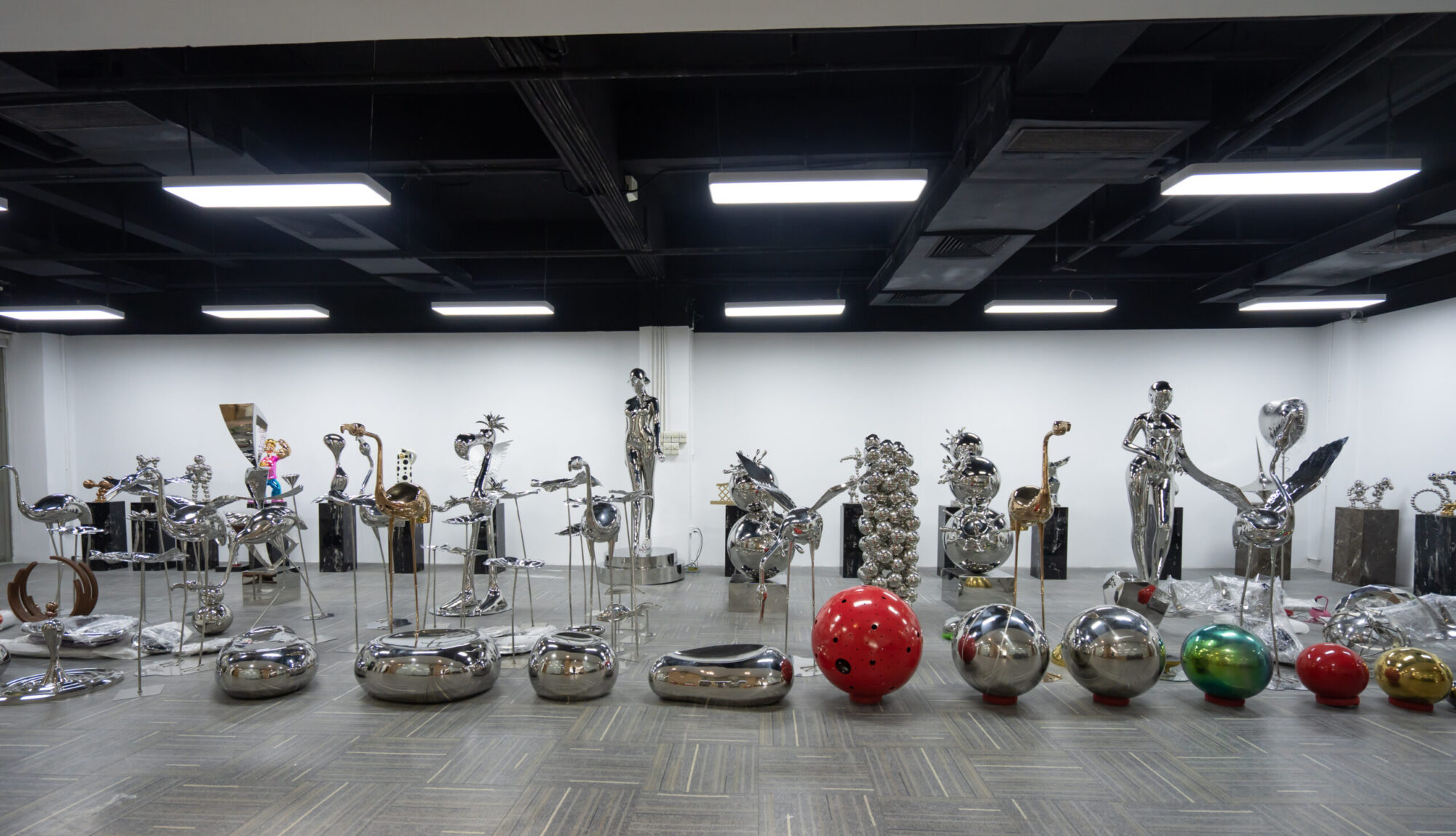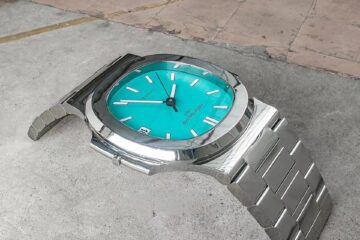Stainless steel sculpture design principlesintroduction

Stainless steel sculpture is an art form with unique charm, and the principles involved in its design process are extremely important. This article will delve into the core principles of stainless steel sculpture design, including multiple dimensions such as shape, proportion and structure, aiming to reveal the design philosophy behind this art form.
- Shape design principles
1.1 Abstraction and concreteness
The shape design of stainless steel sculptures can involve both abstract and concrete levels. Abstract shapes can break through the constraints of traditional sculpture and express the artist’s unique aesthetic concept through simplification and exaggeration. The figurative shape pursues the true presentation of actual things and pays attention to the depiction of details. Designers need to flexibly use abstract and concrete elements in their creations according to the theme and expression of the work.
1.2 Sense of space and dynamics
In the design of stainless steel sculptures, the sense of space is one of the crucial elements. Through clever use of space, artists can make their works show richer and more diverse forms of expression in three dimensions. At the same time, the injection of a sense of dynamics can make sculptures appear vivid and energetic, expressing the flow of time and space through smooth changes in shape.
- Principles of proportional design
2.1 Golden Section and Proportional Coordination
In the design of stainless steel sculptures, the golden section is often used to determine the relative proportions of various elements. The golden ratio is considered one of the most aesthetic and harmonious proportions, making a work more comfortable and pleasing to the eye. At the same time, designers also need to pay attention to the proportional coordination between the whole and the parts to ensure a harmonious relationship between different parts and make the overall work more unified.
2.2 Changes and emphasis in proportion
In some stainless steel sculptures with abstract features, designers may consciously emphasize the importance of a certain part through changes in proportion. By playing with proportion, artists can direct the viewer’s attention and achieve prominence and emphasis. This technique needs to be used carefully in design to ensure overall harmony.
- Structural design principles
3.1 Fit of material and structure
In the design principles of stainless steel sculptures, the fit of material and structure is crucial. Artists need to fully understand the characteristics of stainless steel, including its plasticity, hardness, corrosion resistance, etc., so as to rationally utilize the advantages of the material in design. At the same time, the design of the structure should be consistent with the overall concept of the sculpture to ensure the stability and durability of the work.
3.2 Space construction and stability
As a three-dimensional art form, stainless steel sculpture’s spatial construction and stability are aspects that require great attention during the design process. Designers need to consider how the sculpture will appear when viewed from different angles to ensure that it produces a sense of beauty from all angles. At the same time, stability considerations are to ensure that the sculpture can be displayed safely and stably under various environmental conditions.
Summarize:
The design principle of stainless steel sculpture is a comprehensive and challenging field, involving many aspects such as shape, proportion and structure. Through an in-depth understanding and flexible application of these principles, designers can create stainless steel sculptures with more creative and artistic value. In the future development, with the continuous advancement of technology and technology, the design principles of stainless steel sculptures will also usher in more possibilities, injecting richer connotations into this art form.




0 条评论